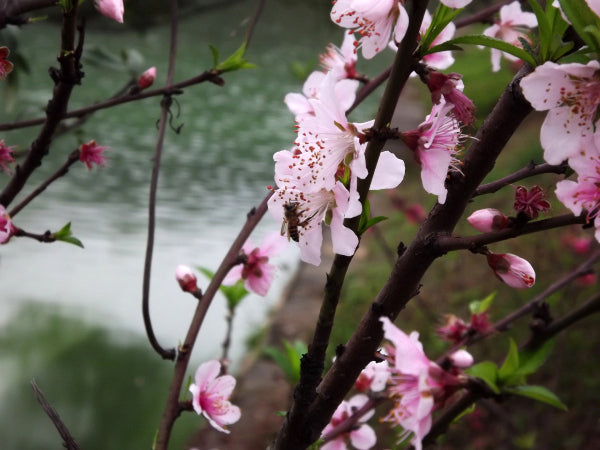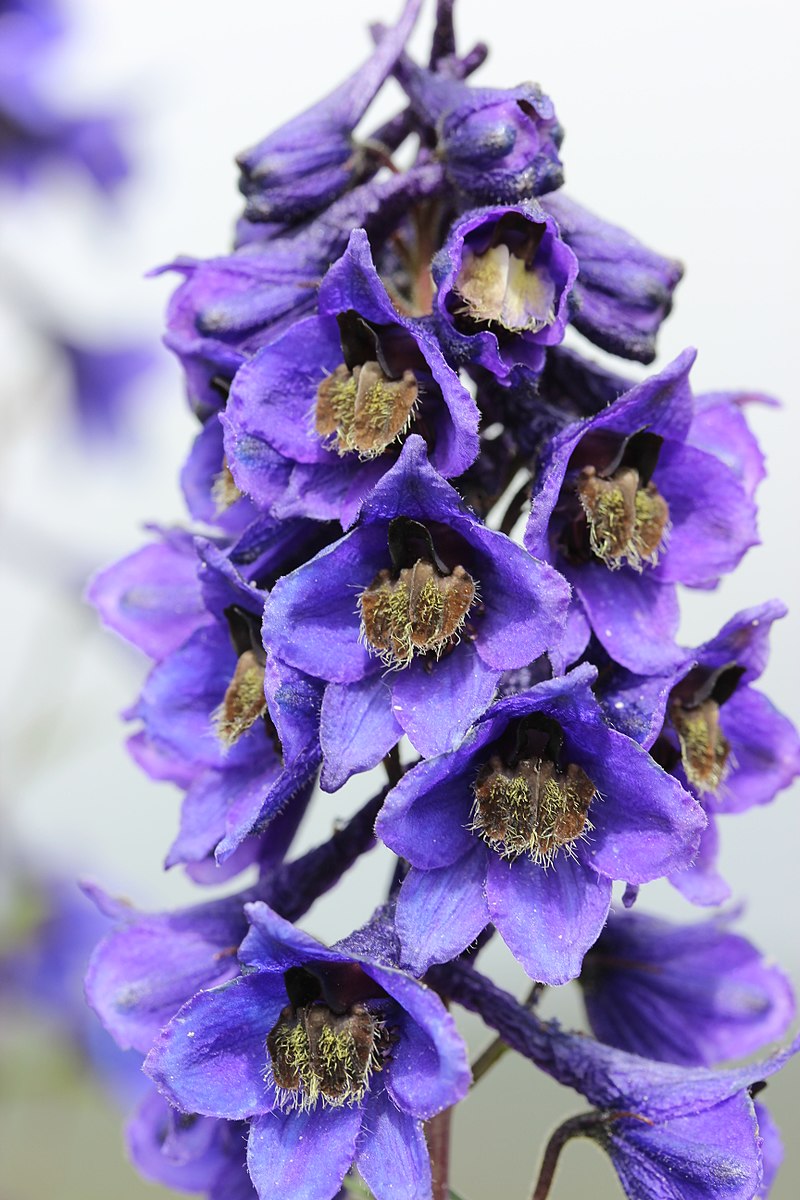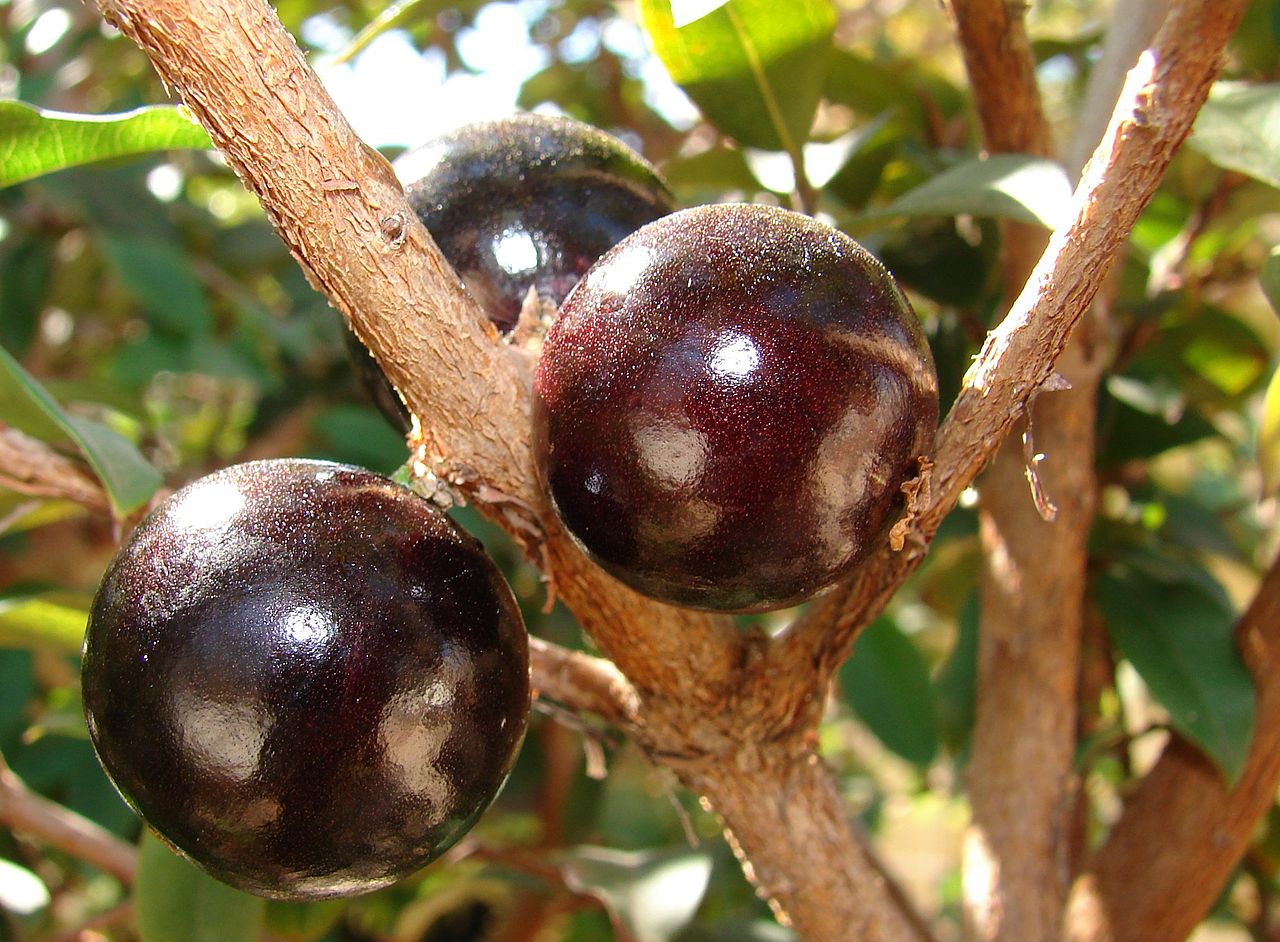
Tropical Wild Edibles - The Peach
Botanical name: Prunus persica
Common names: Peach, Peach Tree,
Family: Rosaceae (from the rose family, closely related to strawberries, plums, apples, apricot, cherry and nuts.).

Physical Appearance and Character: A deciduous tree originating from South East Asia. Uncultivated examples can reach approximately 7 metres in height. Its leaves are green and between 7 and 15 cm in length and are pinnately veined. Cultivated, pruned versions will stand slightly lower at around 5 metres in height. The peach’s flowers (peach blossom) are prized for their ornate, delicate appearance, particularly in Asia. Peach blossom is pink and white and consists of 5 petals on each flower. Interestingly, the peach tree flowers before it comes into leaf. Once flowering, occurs, the next period is fruiting. The peach produces large fruits with a single, large stone (seed) contained within. The soft fruit contains large quantities of naturally occurring sugars, the sweetest varieties consisting of about 22% sugar. They make for excellent eating.

Natural habitat: Originating in Asia and subsequently exported throughout the world. Peaches do require certain climatic conditions, namely, a relatively mild climate with mild winters. Excessive freezing temperatures and even frosts will prevent the tree from flowering and fruiting but will probably not kill the specimen as they can resist cold down to about -20 degrees Celsius.
Point of interest: There is fossil evidence to suggest that peaches have been in cultivation for at least 40000 years. In Chinese culture, the peach is a symbol of longevity and eternal life. As such, giving a peach to an elderly or infirm person is a way of wishing them health and a long life.
Uses: Many products are derived from peaches including; juices, canned fruit, beer, spirits, sweets and other preserves.
Dangers: Many people suffer with allergic reactions form consuming peaches. Normally, this type of allergy is associated with birch tree syndrome (in Western populations) and in many cases, cooking the fruit will make it safe. Allergic reactions can vary from mild tingling, to burning sensations, itching, breathing difficulties, dizziness, swelling of the airways, swelling of any part of the body, cardiac problems and even death. Most symptoms will appear within minutes of consumption. Seek medical care immediately. Uniquely, people from the Mediterranean suffer from allergies to the Rosacea family however, they seem to suffer worse than their western European counterparts. This is due to the fact that in Mediterranean groups, the allergy is caused by a slightly different
Photos courtesy of:
- Own work http://www.flowersview.com/Amygdalus-persica/02-02.jpg.html. CC BY-SA 4.0
JJ Harisson via Wikipedia Creative Commons Attribution GFDL 1.2


